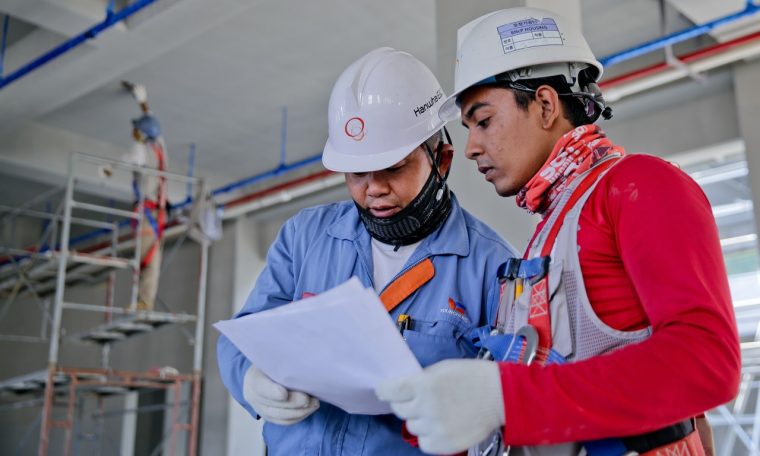
Overview
A smart building employs a combination of know-how to systematize the construction technology and management of the building effectively. Elegant building applies information technology to interlink an array of systems and subsystems that function independently.
These systems, on their part, share synchronized information to improve the performance of the building. It is wise to say smart building technology goes beyond the walls and pillars.
Moreover, the application of state-of-the-art technologies materials used in the construction process has undergone automation. Active and adaptive materials are the solution to achieving smart building. These materials, such as a traffic cone, can withstand environmental conditions in a tailored manner. Let’s review some of the top-notch technologies in intelligent construction.
Wireless Retrofits
Currently, the linkage of the building network has been automated not to use wires to disseminate information. As engineers would put it, smart building infrastructure is presently among the most straightforward construction processes. The use of Wi-Fi has been handy in making this process a success.
Many constructions are using wireless technologies to minimize the amount of copper wire installation. This move has dramatically reduced the cost of building and speeding up construction time.
Moreover, going wireless also has automated storage and data management, reducing the risk of losing vital information to the public domain.
Incorporation of Biometric Technology
The construction industry has seen the introduction and application of biometric data in the operations of smart buildings. Installing sensors to detect, trigger, and control the lighting or thermal levels in an office has increased productivity.
Moreover, these triggers are intertwined with an individual sensory activity, thus providing signals to make the room conducive to work.
Also, the biometric application has been essential to reduce burglary and breakages into the premises, which has increased the security of both workers and property. The use of thumbprints, facial, and eye contact has also helped monitor employees as they go about their duties within the building. This has been a great stride towards achieving a maximum people management score and better results.
Predictive Maintenance Construction Technology
Recent studies on disaster management and preparedness have shown that smart technology has increased the safety of buildings.
During construction, the building is fitted with sensors to detect and transmit signals and warning signs should there be a rooming danger. Moreover, these sensors deliver real-time and historical performance data from every part of the building, enabling the management to detect problems early.
Additionally, preventive maintenance technology has led to the formation of task forces to review and regularly generate reports on the building’s safety. Such statements are vital during the budgeting process of a company to allocate funds for repairs and maintenance.
Recent studies on building economics have revealed that companies save over 16% of their capital assets expenses by ranking maintenance and improving the available assets.
Self-Awareness Construction Technology
Current technological advancement is focusing on improving smart buildings to detect and repair structural and system problems independently.
New sensing technologies and the use of bacteria are some of the inventions soon to be launched. However, smartness does not dwell on automation only.
The technology needs to positively impact human behavior towards achieving 100% success in the automation of buildings. Actions such as putting out lights and running taps, turning off devices and machines to conserve energy are critical in this race.
Convergent Networks
The convergence of networking is visible when a selected system provider delivers services for the data, video, and voice in a synchronized channel.
This is efficient since an entity can use one channel from their provider for all their cloud-based service and communication activities.
Smart building is no exception since all systems must function well; a single channel must be deployed. However, convergent networks have also proved to have limitations such as buffering and downtimes. The use of fiber technology provides an alternative, thus making the building still to function smoothly.
Conclusion
Building automation is fast becoming a game-changer in the construction sector. In the past years, smart buildings only focused on energy conservation.
Emerging trends have projected many areas to consider. With synchronizing the network, new opportunities and gaps have popped up. This has led to cutting costs and enhancing buildings’ sustainability.










